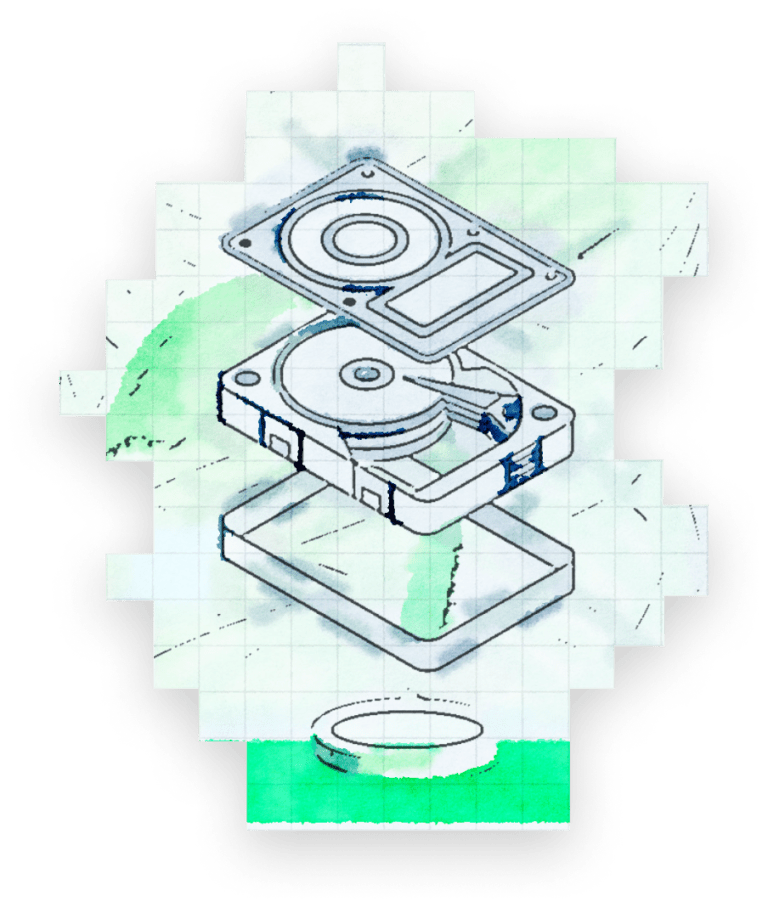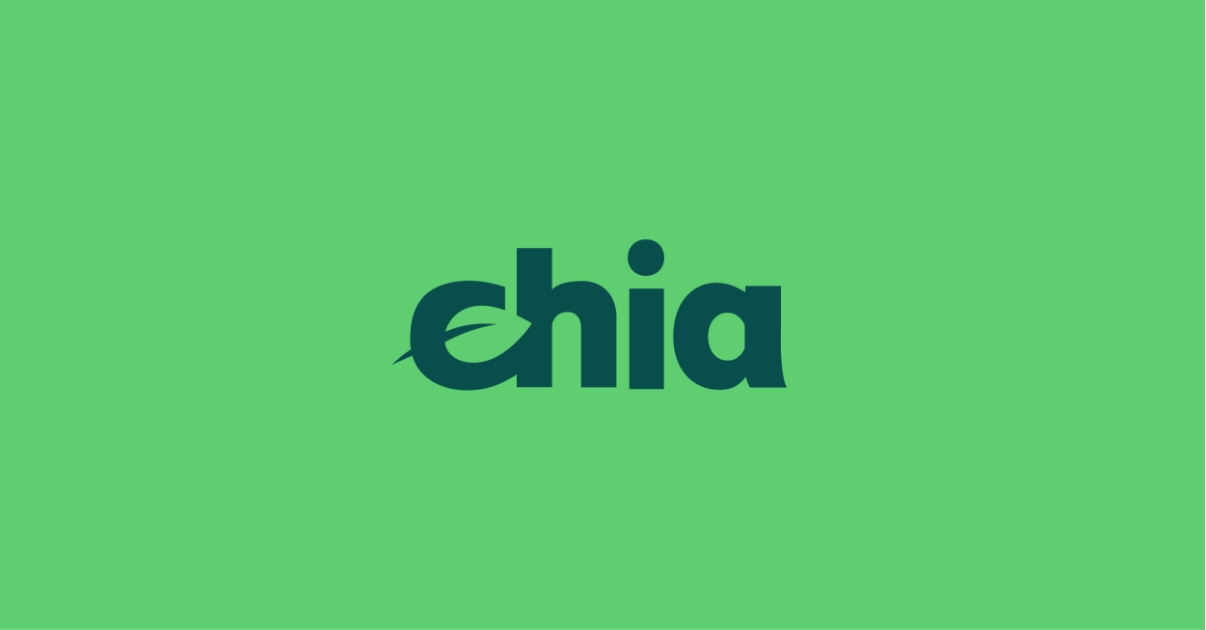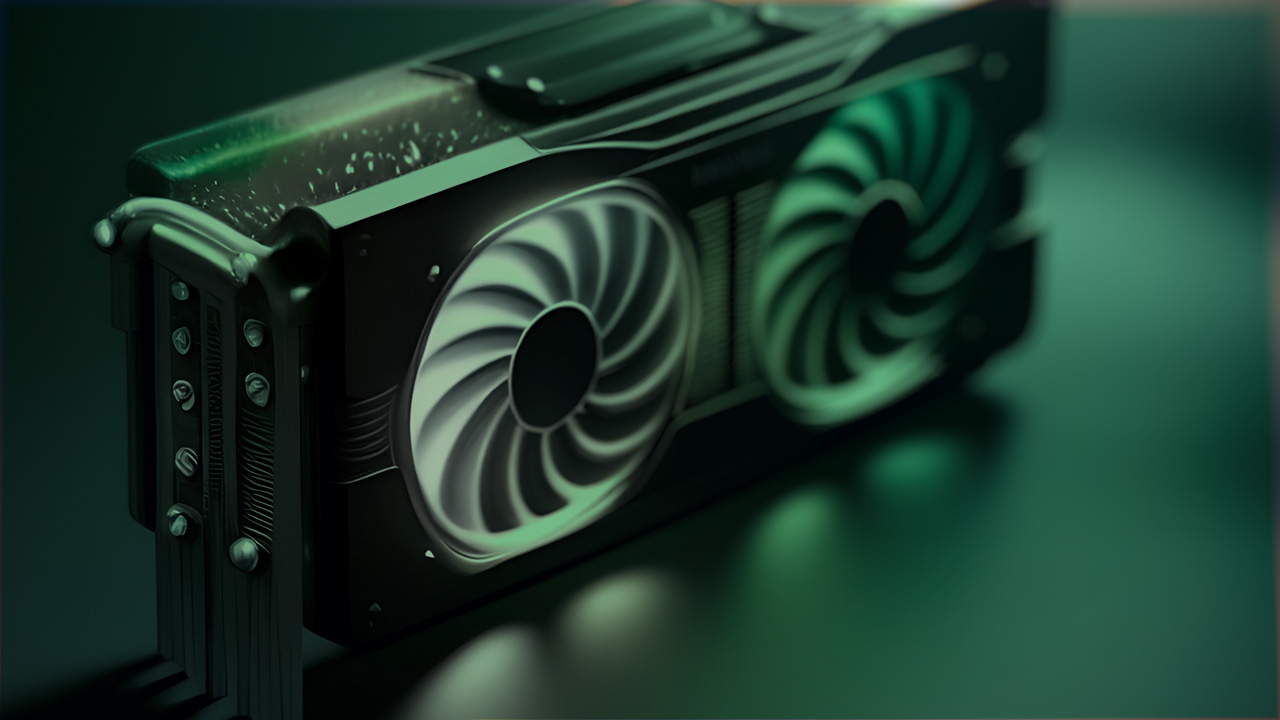Lately there has been a lot of excitement – and confusion – about the future of plotting and farming on Chia. Can plots really be compressed? Is GPU plotting possible? Is Chia turning into an energy-wasting Proof-of-Work chain like Bitcoin? Has YouTube clickbait overtaken the community? Let’s set the record straight.
Plot Compression
Existing Chia plots are already compressed. However, further “compression” is possible by omitting some data from a plot, and generating it on the fly when it’s needed for farming. Since we released our final plot format in mid-2020, we’ve known that further optimizations like this would be possible. However, the technology wasn’t quite ready then, so we prioritized other things – mainly launching the blockchain.
Fast-forward to today, a combination of more readily available technology and some intrepid community developers have unlocked this capability. The key factor, however, is that there is a tradeoff between the level of a plot’s compression and how much extra computational effort (either CPU or GPU) needs to go into farming with compressed plots.
This time-space tradeoff is non-linear. Compressing a plot beyond a certain point will only make it slightly smaller, but it will require exponentially more resources for a harvester to recreate the data on the fly. We are approaching the technical limitations to how deeply a plot can be compressed. We anticipate only incremental minor improvements in compression from here forward.
We are committed to keeping Chia green; the new plot format won’t change this. Even at the highest compression levels, the small amount of extra energy required to farm will not resemble PoW. In addition, plot compression is, and will remain, optional.
For a deep dive into how Chia plots work, how this is all possible, how to decide whether to use compressed plots and what compression levels are right for your setup, our own JM Hands has written an excellent blog post to supplement this one.
GPU Plotting (and farming)
A wide variety of hardware has always been available for plotting, allowing anyone with an old computer and some extra storage to create Chia plots. Regardless of the hardware used to create a plot, the result is always the same, the only difference is the speed in which the plot is created.
With the multitude of new plotters that have come out over the years, the one consistent requirement has been a CPU. However, now even that is changing. Soon you will be able to create plots with a GPU.
The great news about GPU plotting is that it’s fast. We’ve already seen k-32 plots created in as little as 80 seconds, and we expect even faster plot creation times in the coming months. From beginners who download their plots from a service such as Akash to whales with the latest and greatest hardware, everyone will be able to expand their farms quickly and efficiently.
We designed Chia farming with low-end hardware in mind, and we are sticking with that commitment. Even the humble Raspberry Pi can farm with a small amount of plot compression. At the highest levels of compression, you should still be able to use a CPU for farming, but there may come a point where GPU farming also becomes feasible and perhaps preferable. It’s still too early to speculate on the exact details, but we remain confident in our projections that farming with a GPU will consume nowhere near the energy of PoW.
For a deep dive into all of the technical aspects of GPU plotting & farming, JM has written another great blog post.
CHIPing Away the Plot Filter
Fast plotting is great, but if someone can create a plot too fast (in less than 28 seconds) and do so economically (more on this later), they can continuously create and discard plots on the fly rather than storing them on disk. This is known as plot grinding, and their setup would resemble Proof of Work.
For now, plot grinding is not feasible because the plot creation time is too slow, even when using a GPU. But plot grinding is likely to become technically feasible within the next year or so. However, the good news is that even after it is possible, plot grinding will cost far, far more money than storing plots on disk. As a result, farmers will be economically discouraged from choosing plot grinding because they would make less money (if any!) than they would from using the network as intended.
Even so, plot grinding will become cheaper with each passing year. Since the beginning, Bram has known that one can’t entirely prevent plot grinding, so instead, our designs seek to keep it uneconomical through occasional tuning of the network. To ensure that it remains uneconomical, we have created a CHIP that would introduce a gradual reduction of the plot filter (which amplifies the benefits of plot grinding) over the next several years. The technical details of this proposal are laid out in the CHIP, and the economics (or lack thereof) of plot grinding are discussed in more detail in the blog post about GPU plotting.
The Next Steps
Chia Network Inc. plans to release a new version of Bladebit in the coming weeks to support plot compression. The plotter is already in the final stages of testing, but we still have to wrap up our work on the farmer – there is little use in creating plots you can’t farm! In addition to our work, several community developers have also released their own compression tools, such as madMAx’s Gigahorse plotter/farmer software. Before long, you will be able to choose the best plotter to suit your needs.
The decision of whether to use compressed plots, as well as the level of compression that is right for you, is personal and nuanced. There are several parameters to consider. Depending on your setup, you may earn less farming rewards if you choose to compress too deeply. But most farmers will benefit from the lower levels of compression. The blog post on plot compression includes more details for you to make an informed decision.
In the end, these are advancements we always knew would come to Chia sooner or later. The question was not if but when. The “when” happened to be sooner than anticipated, but not with much surprise. We’re excited to see where this takes things. Chia is still one of the most Secure, Compliant & Sustainable blockchains out there, and is still holding strong to its PoST thesis.
FAQ
Q: Why are you releasing a compressed plot format?
A: If a technology can be built, then someone will build it. In the case of compressed plots, if only a small number of farmers had access to this technology, they would gain an advantage over everyone else. By releasing a free and open-source compressed plot format, we enable everyone to use the most advanced technology to create their plots. No one will have a tactical advantage over anyone else.
Q: Will I be required to use compressed plots?
A: No. Compression is optional.
Q: Will I be at a disadvantage if I don’t use compressed plots?
A: Currently, there is parity in farming – everyone uses the same plot format, so the only way to win more rewards is to store more plots. If you choose not to replot, then as others do replot, your relative share of the Netspace will slowly decrease, even if the number of disks that store plots stays the same. This will place you at a slight disadvantage relative to everyone else. However, it also means that you won’t spend any additional time or electricity on replotting. The decision is entirely yours.
Q: Can I compress my existing plots?
A: No. Even though this technically could be possible, it would require more time and energy than simply creating new plots.
Q: Isn’t using the CPU or a GPU to plot/farm plots simply moving Chia into being Proof of Work?
A: Not at all. We’re talking about relatively-small percentages of extra effort here, depending on the levels of compression you are looking at. (For a full breakdown with charts and graphs, check out the blog posts linked above). Diminishing returns will kick in and negate further compression benefits long before you reach the point that a CPU or GPU is running flat out in anything comparable to actual PoW mining. Once you add up how much faster a plot is to generate by dropping some data, and then factoring back in processing the calculations of that data during the lookup when farming, the net-difference is even smaller than you might first think. Additionally, plotting is not an infinite activity. You only plot until your available drives are full, and aside from the extreme edge case whales, people are not indefinitely plotting drives as fast as they can obtain them.
Q: Does it matter what hardware or plotting software I use to create my plots?
A: All plots created by Bladebit with the same k-value and compression level will look the same, regardless of the hardware used to create them. However, different community built plotters will have different farmer requirements around using them. Your mileage may vary.
Q: Can I continue to use k-32 plots?
A: Yes. We have no plans to increase the minimum k at this time. If we ever do intend to increase this value, we remain committed to our stance that you will be notified at least one year in advance.
Q: Can I mix and match the compression levels of my plots?
A: Yes, you can mix and match compression levels of plots. A farmer should use the tools to baseline the compression level, compute overhead, and power to understand how it affects their farming profitability.





